Silkie Chicken
- January 22, 2024
- 0 comment
Silkie chickens, often referred to as the “lap dogs” of the poultry world, are a unique and captivating breed known for their distinct appearance and gentle nature. Originating in ancient China over 2,000 years ago, these charming birds have a rich history. What sets Silkies apart is their fluffy plumage, which lacks the barbicels that typically hold feathers together, giving them a soft and downy appearance. They have striking black or bluish-black skin and a walnut-shaped comb, adding to their charm.
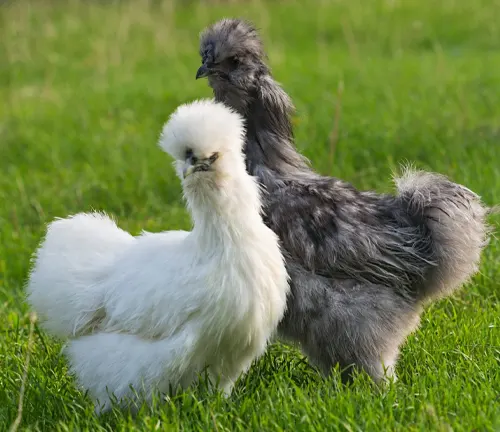
Silkies come in various feather colors, including white, black, blue, partridge, and splash, with an iridescent sheen that makes them truly captivating. Beyond their unique appearance, Silkie chickens are beloved for their friendly and docile temperament, making them excellent pets and dependable brooders. Despite their relatively small size, Silkies require proper care, including grooming their feathered feet and providing them with a secure living environment. These birds are a testament to the diversity of the poultry world, offering not only aesthetic appeal but also a delightful and rewarding addition to any backyard flock.
| Characteristic | Description |
|---|---|
| Average Weight | Hens: 2-3 pounds, Roosters: Slightly heavier |
| Feather Color Varieties | White, Black, Blue, Partridge, Splash |
| Skin Color | Black or bluish-black |
| Comb | Walnut-shaped |
| Plumage | Fluffy, soft, and downy |
| Temperament | Docile, friendly, and calm |
| Lifespan | 7-9 years with proper care |
| Egg Laying | Modest number of small eggs |
| Brooding | Excellent maternal instincts |
| Flying Abilities | Limited due to fluffy feathers |
| Noise Level | Generally quiet |
| Cold Tolerance | Requires shelter and care in colder climates |
| Space Requirements | Suitable for smaller spaces |
| Grooming | Regular grooming, especially feathered feet |
Silkie Chickens
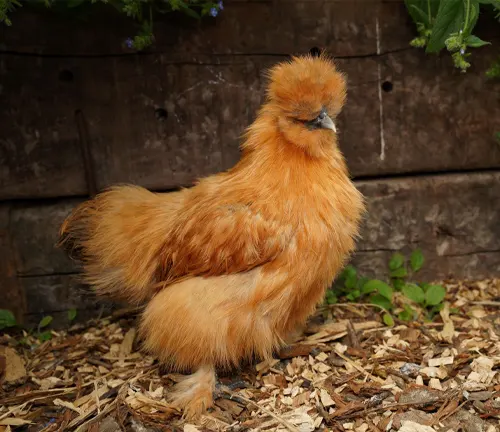
Silkie chickens, known for their distinctive appearance and unique characteristics, have captivated poultry enthusiasts for generations. These charming birds, with their fluffy plumage and gentle demeanor, are more than just ornamental additions to your backyard. In this article, we’ll delve into the world of Silkie chickens, exploring their history, physical attributes, care requirements, and the sheer joy they can bring to your life.
A Brief History of Silkie Chickens
Origin and Early Records
Silkie chickens, believed to have originated in ancient China, have a rich history dating back over 2,000 years. The earliest known records of Silkies can be traced to the Han Dynasty (206 BC to 220 AD). They were initially prized for their medicinal properties and were kept by Chinese nobility.
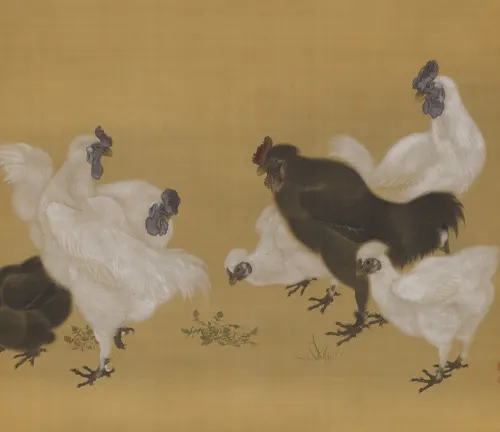
Arrival in the West
Silkies made their way to Europe in the 17th century, thanks to explorers and traders. These exotic birds quickly gained popularity among European royalty due to their striking appearance.
Unique Physical Characteristics
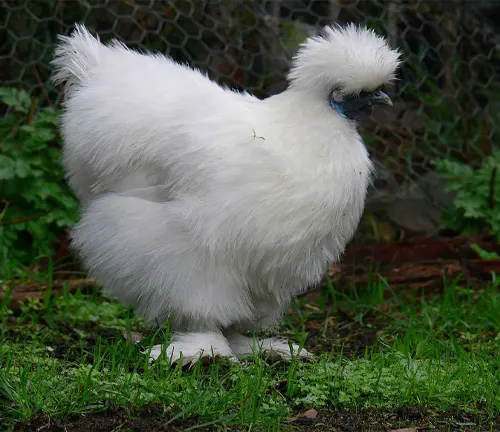
Fluffy Plumage
One of the most distinctive features of Silkie chickens is their fluffy, silk-like plumage. Unlike traditional chicken feathers, Silkies lack barbicels, which typically hold feathers together. This unique characteristic gives them a soft and fluffy appearance, almost like a down comforter.
Skin and Comb
Silkies have black or bluish-black skin, which is a rarity in the poultry world. They also sport a distinctive walnut-shaped comb, which adds to their charm.
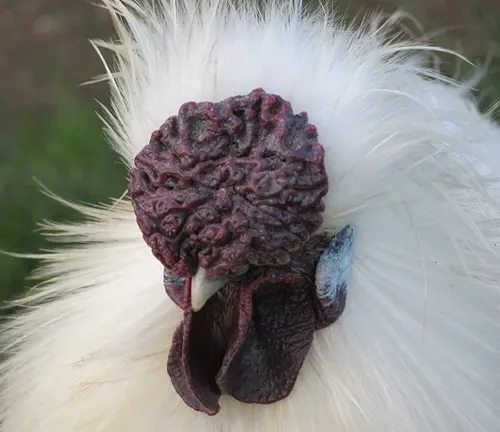
Feather Colors
Silkies come in various feather colors, including white, black, blue, partridge, and splash. Their feathers have an iridescent sheen, making them even more captivating.
Caring for Silkie Chickens
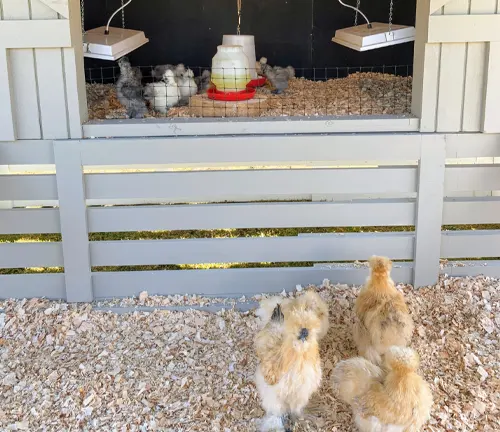
Housing and Space Requirements
Silkies are small to medium-sized chickens, making them suitable for urban settings. However, they still require adequate space and a secure coop to protect them from predators.
Feeding and Nutrition
Like all chickens, Silkies need a balanced diet consisting of high-quality poultry feed, grains, and access to fresh water. Their unique dietary requirement includes the need for additional calcium due to their small size.

Grooming and Dust Baths
Silkies have feathered feet and require regular grooming to prevent dirt and debris from accumulating in their feathers. They also enjoy dust baths to keep their plumage in top condition.
The Joy of Raising Silkies
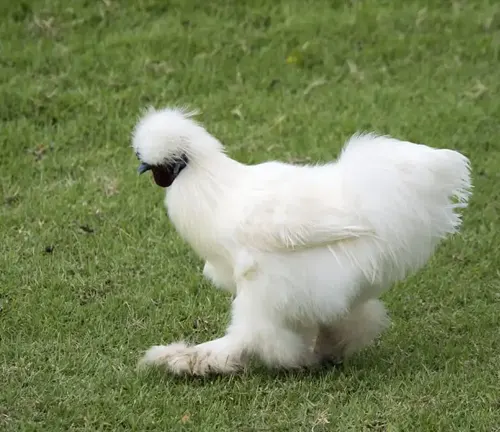
Gentle and Friendly
Silkie chickens are known for their docile and friendly nature. They make excellent pets, and their calm disposition makes them a favorite among children and adults alike.
Broody Behavior
Silkies are exceptional brooders and are often used to hatch eggs from other poultry breeds. Their strong maternal instincts make them reliable caregivers.
Different Species
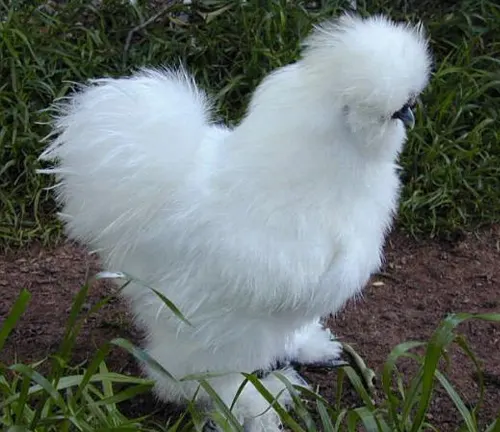
White Silkies
These have pure white feathers, black skin, and a walnut-shaped comb.
Black Silkies
As the name suggests, these Silkies have solid black feathers, black skin, and a walnut-shaped comb.
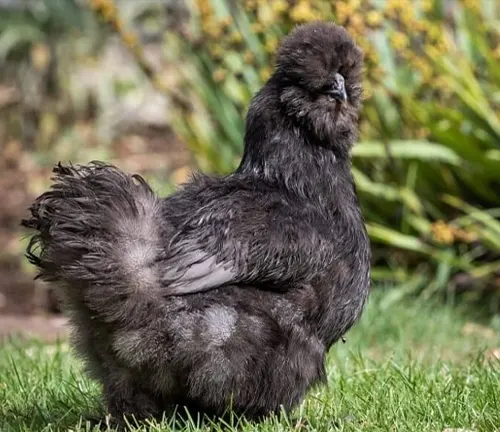

Blue Silkies
Blue Silkies have a bluish-gray tint to their feathers, black skin, and a walnut-shaped comb.
Partridge Silkies
These Silkies have a mix of reddish-brown and black feathers, black skin, and a walnut-shaped comb.
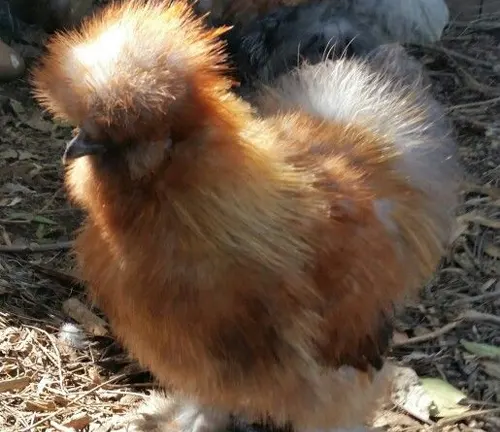

Splash Silkies
Splash Silkies have a pattern of white and blue feathers, black skin, and a walnut-shaped comb.
Frequently Asked Question (FAQs)
- What are Silkie chickens known for?
Silkie chickens are known for their fluffy plumage, unique appearance, and gentle temperament. - Do Silkie chickens fly?
Silkie chickens are not strong fliers and generally have limited flying abilities due to their fluffy feathers and small size. - Are Silkie chickens good for beginners?
Yes, Silkies are often recommended for beginners because of their friendly nature and relatively low maintenance requirements. - What is the average size of a Silkie chicken?
Silkie chickens are small to medium-sized birds, with hens typically weighing around 2-3 pounds and roosters slightly heavier. - Can Silkie chickens be kept in cold climates?
While Silkies are more cold-sensitive compared to some other breeds, they can be kept in colder climates with proper shelter and care. - Do Silkie chickens make noise?
Silkies are generally quiet chickens and are less noisy compared to some other breeds. They might produce soft clucking sounds. - Are Silkie chickens good mothers?
Yes, Silkies are known for their excellent maternal instincts and are often used as broody hens to hatch eggs from other breeds. - What is the lifespan of a Silkie chicken?
With proper care, Silkies can live for up to 7 to 9 years. - Can Silkie chickens be kept with other chicken breeds?
Yes, Silkies can coexist with other breeds as long as they have a secure and spacious living environment. - Do Silkie chickens require special grooming?
Yes, Silkies need regular grooming, especially their feathered feet, to keep them clean and healthy. - Are Silkie chickens good egg layers?
Silkies are not known for their egg-laying abilities. They lay a modest number of small eggs compared to some other breeds. - What is the temperament of Silkie chickens?
Silkie chickens are known for their calm and docile temperament. They are friendly and can be easily tamed. - Can Silkie chickens be kept in small spaces?
Yes, Silkies are suitable for smaller spaces like urban backyards due to their small size and limited space requirements. - Do Silkie chickens need a rooster to lay eggs?
No, hens do not need a rooster to lay eggs. They will lay eggs regularly without one. - How can I tell the gender of a Silkie chicken?
Determining the gender of a Silkie can be challenging, but it becomes more apparent as they mature. Roosters often have larger combs and wattles and tend to be louder.


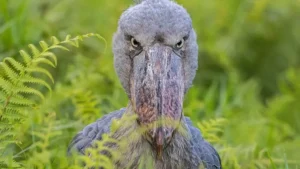
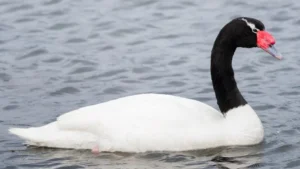

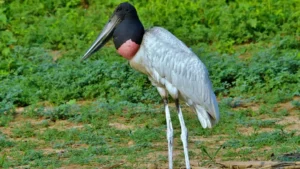



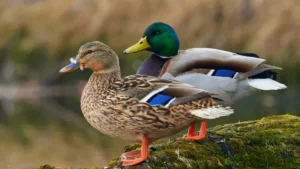


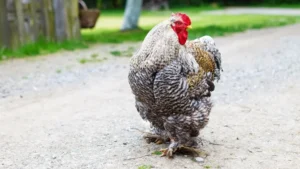
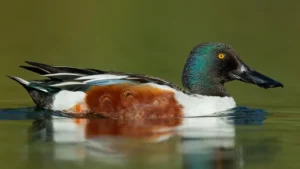
Leave your comment